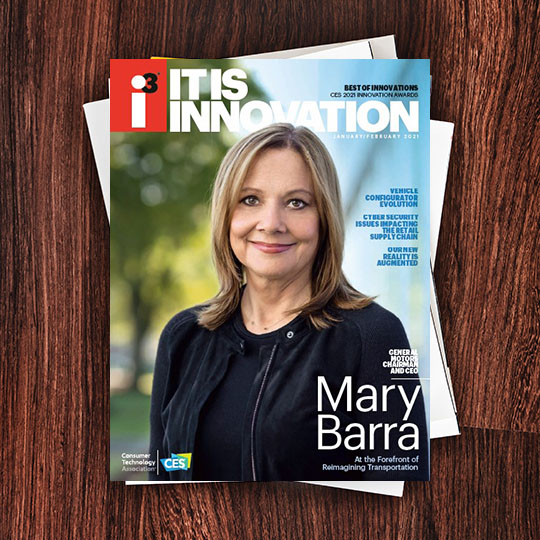Over the years I’ve learned that a culture where employees can bring their whole selves to work is more likely to foster innovation and dedication.
That they aren’t safe or you can’t trust them. However, 90% of crashes are caused by human error. AVs will eliminate human error, helping save millions of lives around the world. We’re committed to building safe and reliable autonomous vehicles; we believe they will provide huge benefits to our customers when it comes to safety, convenience and quality of life.
With tens of millions of lines of code in any given vehicle’s systems today, they are effectively computers on wheels. We are bringing to market technologies and features that are radically changing what vehicles can do for people to improve their lives. Connecting vehicles to each other, and in the years ahead, to traffic lights and roads around them so vehicles know how to avoid backups and collisions, and choose the most efficient routes, will reduce congestion and increase safety.
At the same time, customers are bringing more devices into the vehicle, expecting seamless integration. Part of our job is to ensure that both our customers and their data are always safe, secure and private. Privacy is an extension of security, and we fiercely protect it.
China and North America are our largest markets for both global sales and in terms of their respective manufacturing footprints to serve those markets. We have a strong supply chain organization with a proven track record and robust processes to continuously monitor risk and respond quickly, which enabled us to avoid any North America production disruption during the COVID-19 shutdown in China. We continue to assess various “what if” scenarios as a part of our ongoing decision-making processes, we expect no significant change in our current strategies.
Moving quickly on our vision for a world with zero crashes, zero emissions, and zero congestion.
Ultium, our highly flexible global EV platform, is a game-changer and the heart of our EV strategy on our path to an all-electric future. Ultium enables us to offer all different kinds of electric cars, trucks and crossovers at a variety of price points. It’s a differentiating technology platform bringing other companies to our doorstep and it’s what will power our next generation of EVs, which you’ll see over the next five years.
General Motors is paving the way for an entire new way of transportation. Cars transformed society more than 100 years ago and gave people freedom, and we’re doing this again. Our all-electric future is underway right now. GM has the expertise, design, scale, technology and team to make it happen and I look forward to showing you more.
Tune in for Mary Barra’s keynote address at CES 2021 at 9:00 AM on January 12.

I3, the flagship magazine from the Consumer Technology Association (CTA)®, focuses on innovation in technology, policy and business as well as the entrepreneurs, industry leaders and startups that grow the consumer technology industry. Subscriptions to i3 are available free to qualified participants in the consumer electronics industry.